In Focus: Charles Sheeler's cool take on 'America without that damned French flavor'
An exhibition at the Ashmoleon brings together some a wonderful collection of American avant-garde works rarely seen on this side of the Atlantic. Lilias Wigan takes an in-depth look at one of the key works: Water, by Charles Sheeler.
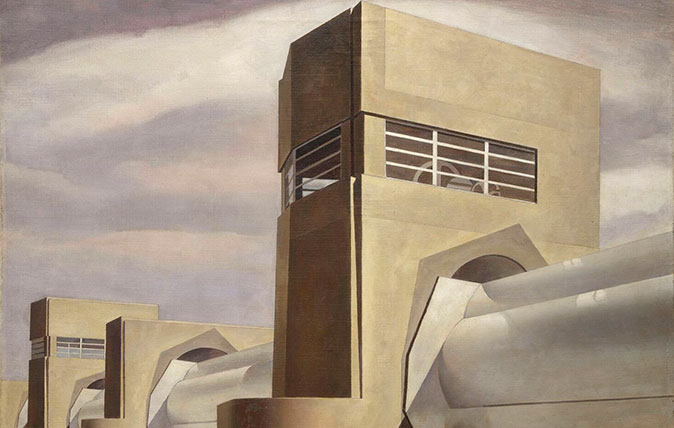
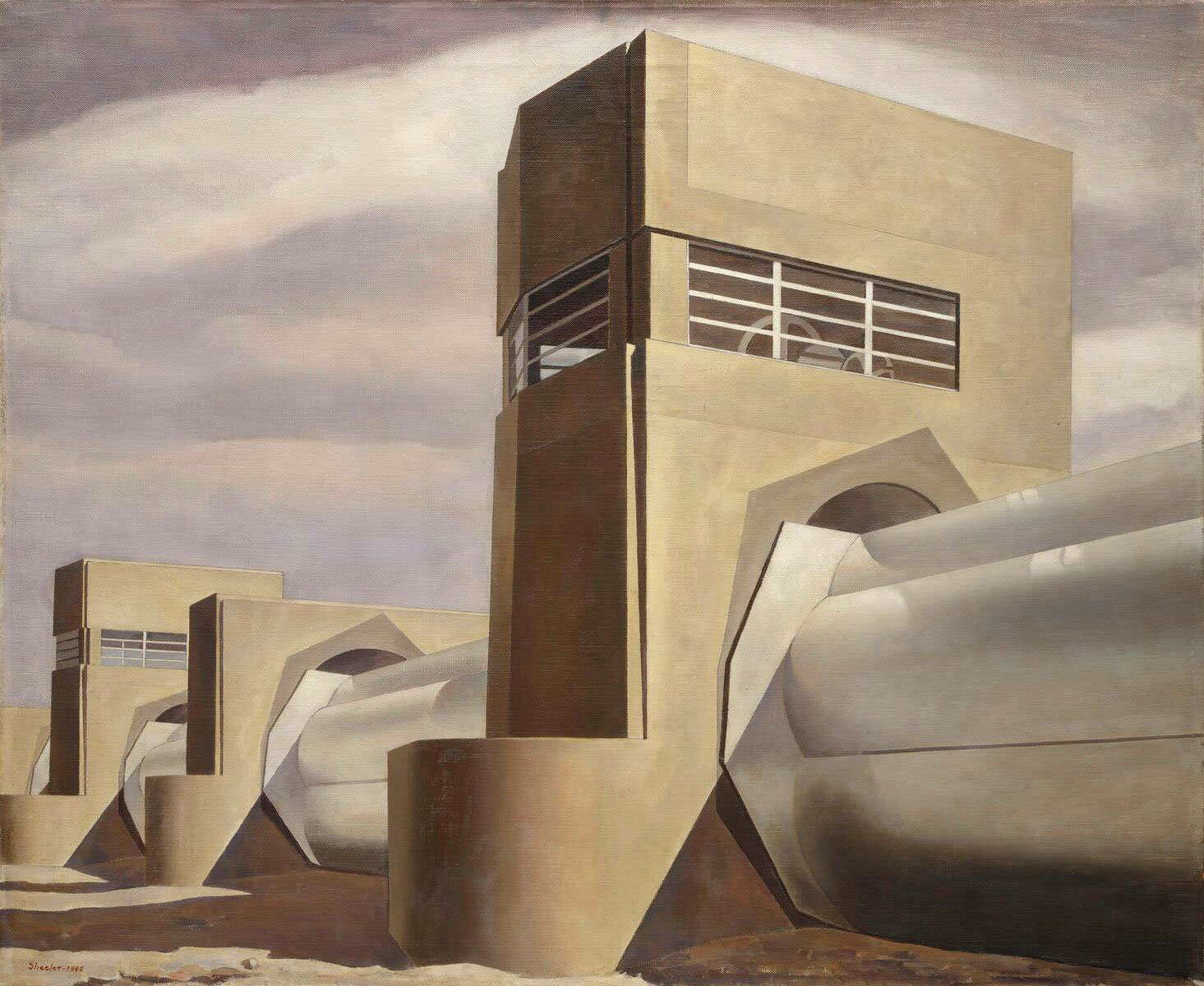
During the interwar periods of the 1920s and 30s, American artists like Edward Hopper, George Ault, Marsden Hartley and Charles Sheeler crossed the Atlantic to experience art of the Italian, French and German masters.
Inspired, they returned home and sought a separate language from their European counterparts, aiming to achieve a style which the avant-garde photographer Alfred Stieglitz described as, ‘America without that damned French flavor!’
They moved away from figurative art and instead made geometric, abstract depictions of the modern world. Their paintings are detached, often with vast planes of uninterrupted colour or form. A new exhibition at the Ashmolean Museum in Oxford is bringing the distinctive aesthetic of the American avant-garde to Britain: America’s Cool Modernism; O’Keeffe to Hopper celebrates all the artists mentioned above, including some Stieglitz’s photography.
Charles Sheeler’s ‘cool’ response to modernity shows in the work on this page, Water, an austere depiction of a water distribution plant.
Painted in 1945, toward the end of World War II and in the shadow of the world’s first deployment of an atomic bomb, the scene in Water is, ironically, bone-dry. Machinery details are reduced to simple forms, their uniformity uncompromising.
The sheer scale of the plant dominates a cropped composition, which is devoid of any human activity. Sheeler highlights this absence of the natural, suggesting a sense of anxiety toward industrial change.
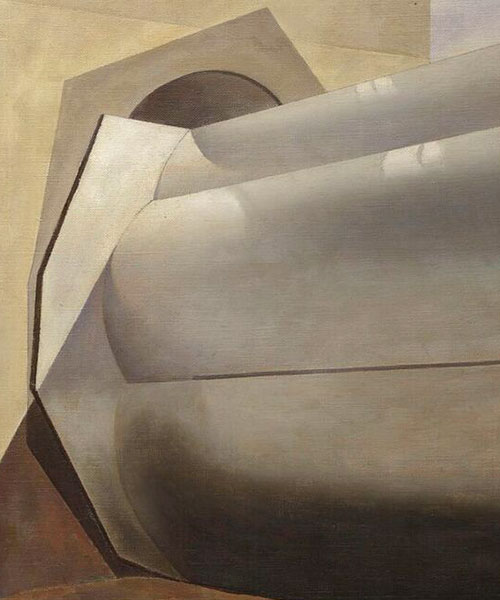
His career in commercial photography plays a significant part in his painted work; he explores light, using hard-edged shadows to intensify the construction’s intrusive character. Although playful light dances on the surface of the metal – a seductive style used in advertising – the vast tubular forms lie under an ominous cloud.
Exquisite houses, the beauty of Nature, and how to get the most from your life, straight to your inbox.
Some artists in this exhibition echo Sheeler’s apprehensive voice around modernity – Edward Hopper with his eerie cityscapes, for example. Others champion the buoyancy of modern developments.
What is most arresting though is that, despite their broad spread across the United States, these artists shaped a harmonised American vision. Many of these pictures are not in British collections and are consequently little-known here. This is a chance to familiarise yourself with their radical interpretations before they are returned.
America’s Cool Modernism; O’Keeffe to Hopper is at the Ashmoleon Museum, Oxford until July 22. Tickets £13.50 for non-members, under 12s free.
www.ashmolean.org/americascoolmodernism
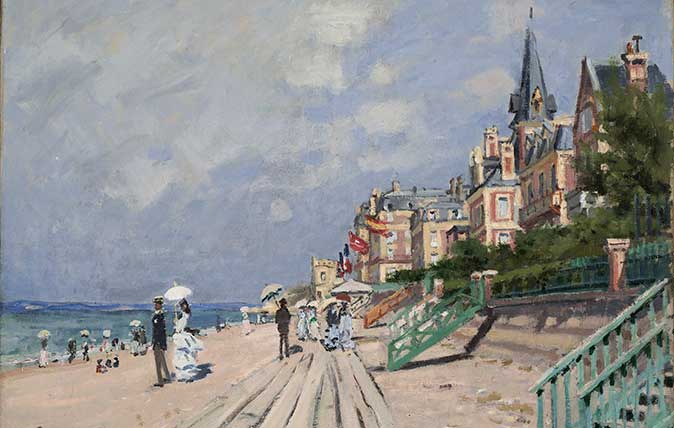
In Focus: The paintings which show Monet's genius for architecture as well as nature
Think of Monet and you think of reflections and nature, but his works included huge amounts of architecture and other
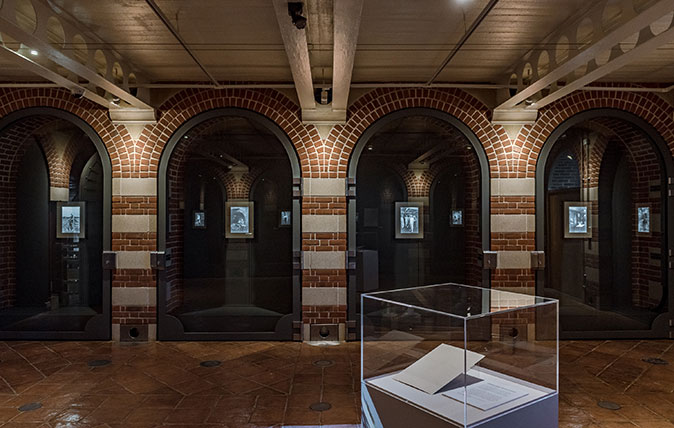
Credit: The Harley Gallery – Clare Twomey's lithophanes, part of The Grand Tour
In Focus: An ethereal exhibition pushing the boundaries of photography, porcelain and the display space itself
Clare Twomey's new exhibition at the Harley Gallery in Nottinghamshire blurs the lines in a fascinating manner: where do the
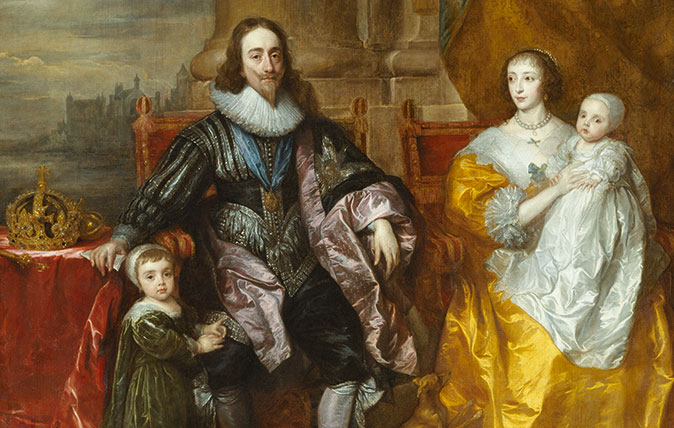
In Focus: The Van Dyck portrait that shows Charles I as monarch, connoisseur and proud father
Lilias Wigan takes a detailed look at Van Dyck's Greate Peece, one of the highlights of the Royal Academy's stunning
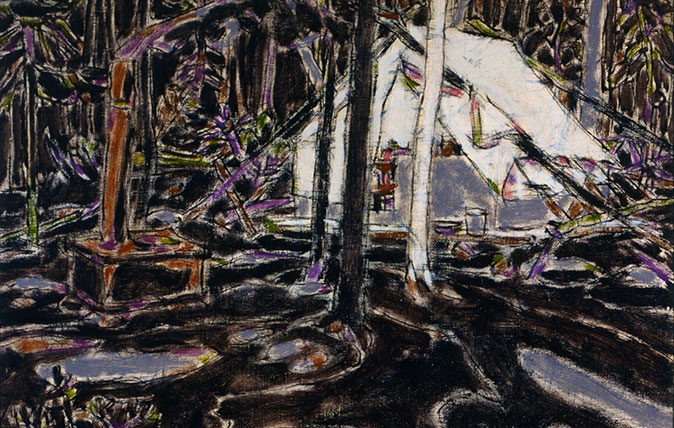
Credit: David Milne, Tent in Temagami, 1929, Collection of the Tom Thomson Art Gallery, Owen Sound, Ontario, bequest from the Douglas M. Duncan Collection, 1970. © The Estate of David Milne
In Focus: The Canadian hermit's work that is a dystopian alternative to Monet
Canadian artist David Milne moved from city to country, eventually ending up as a hermit in a remote part of
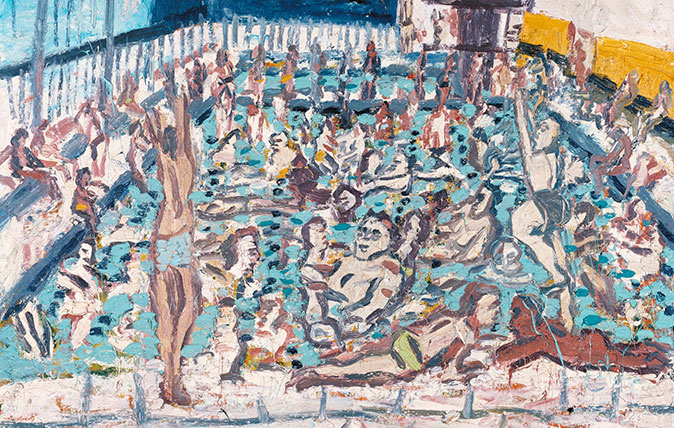
Credit: Leon Kossoff Children's Swimming Pool, Autumn Afternoon 1971. Tate © Leon Kossoff
In Focus: An idyllic sunny afternoon, evoked by a leading light of the School of London
Lilias Wigan takes an in-depth look at Leon Kossoff's Children's Swimming Pool, Autumn Afternoon, one of the pictures on show
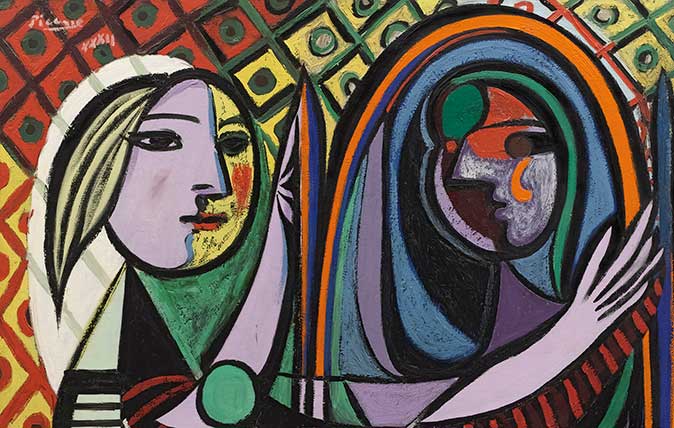
Credit: Picasso, Pablo (1881-1973): <i>Girl Before a Mirror </i>(Boisgeloup, March 1932). New York, Museum of Modern Art (MoMA)
In Focus: The Picasso portrait which revealed to the world his 22-year-old muse
The Tate Modern's first-ever exhibition focusing solely on Picasso concentrates solely on a single year in the life of this
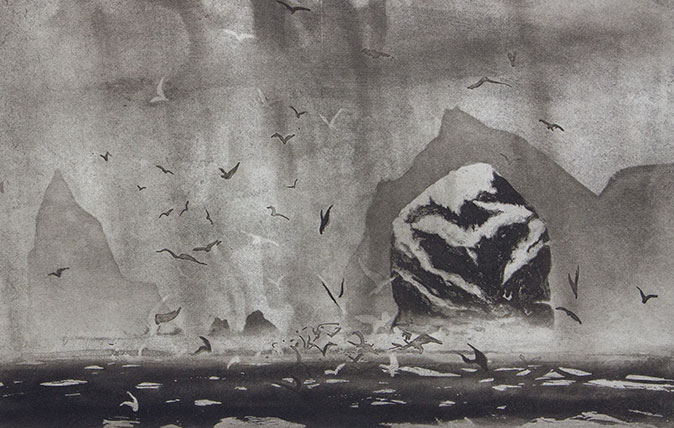
In Focus: The Norman Ackroyd landscape etchings that have sparked comparisons with Turner
This week marks the last chance to see Norman Ackroyd's sublime exhibition in Richmond. Lilias Wigan urges you to take
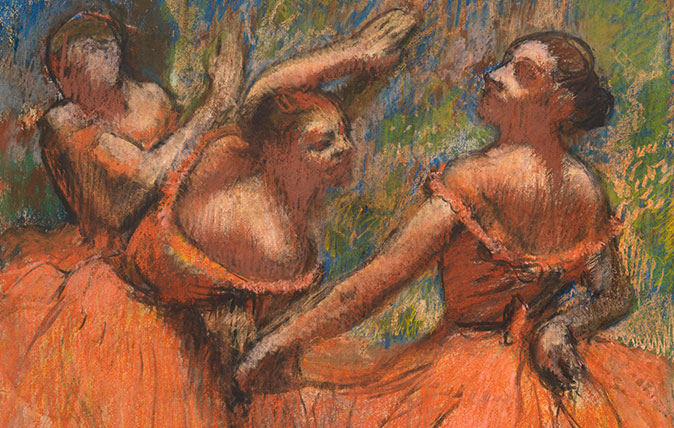
Credit: Hilaire-Germain-Edgar Degas - The Burrell Collection, Glasgow © CSG CIC Glasgow Museums Collection
In Focus: The Degas painting full of life, movement and 'orgies of colour'
Lilias Wigan takes a closer look at one of the key work's at the Degas exhibition at the National Gallery
Save
